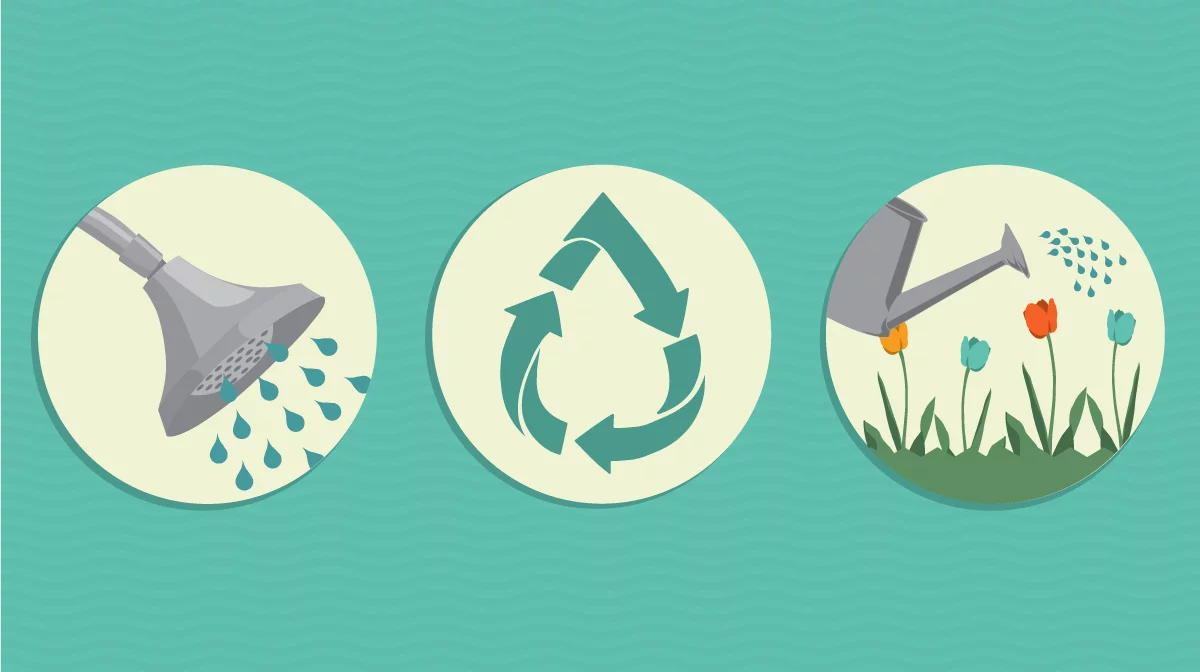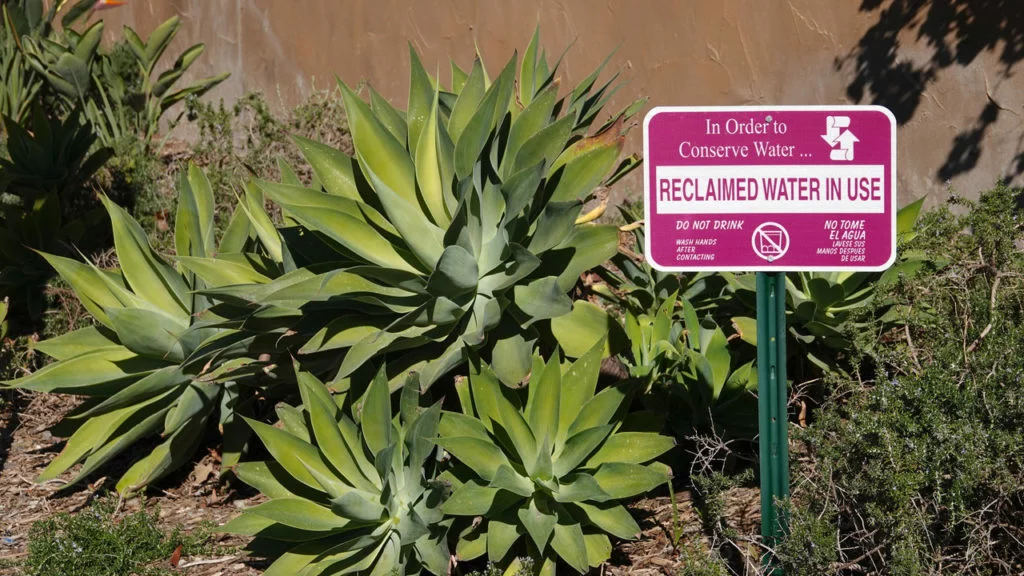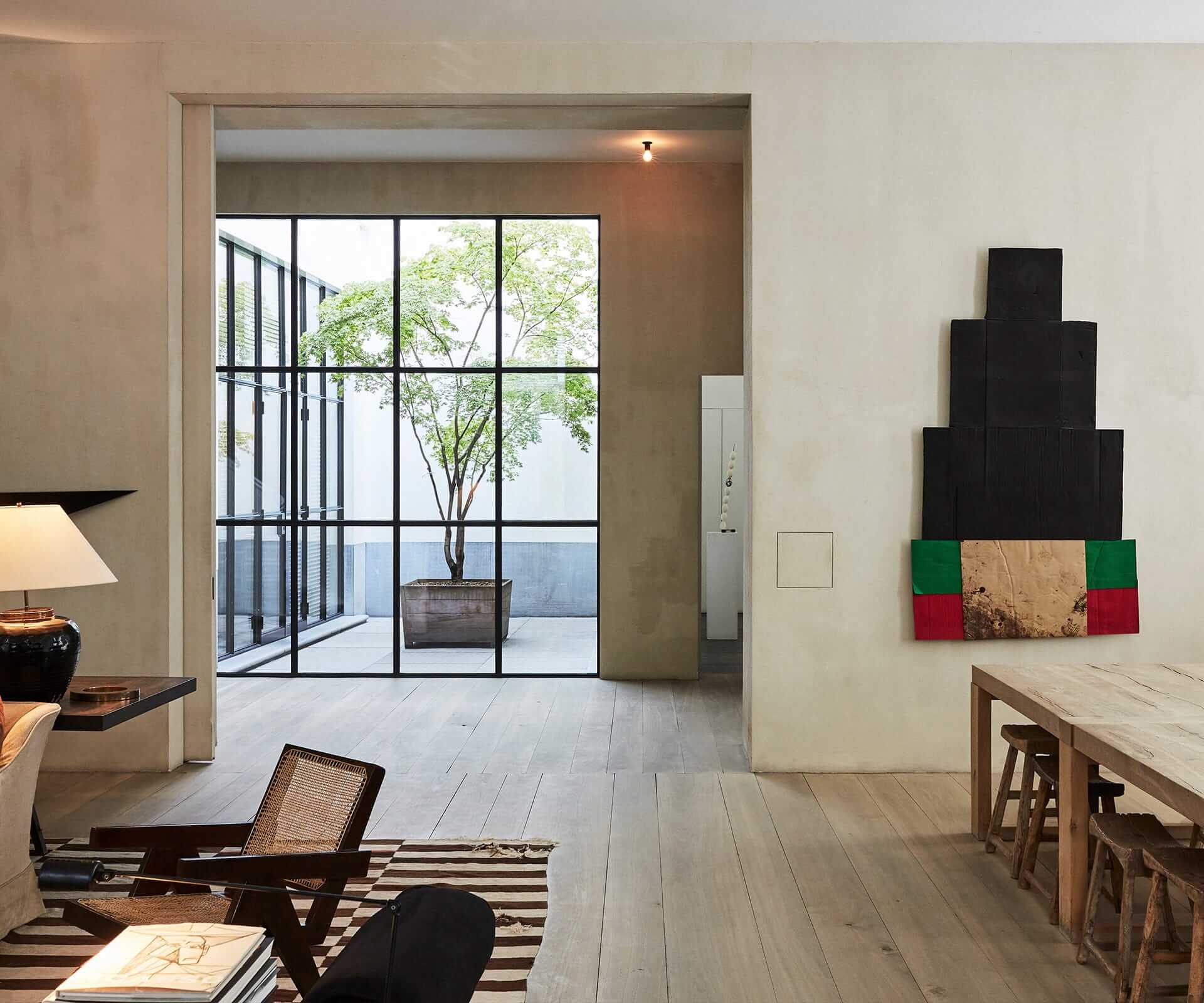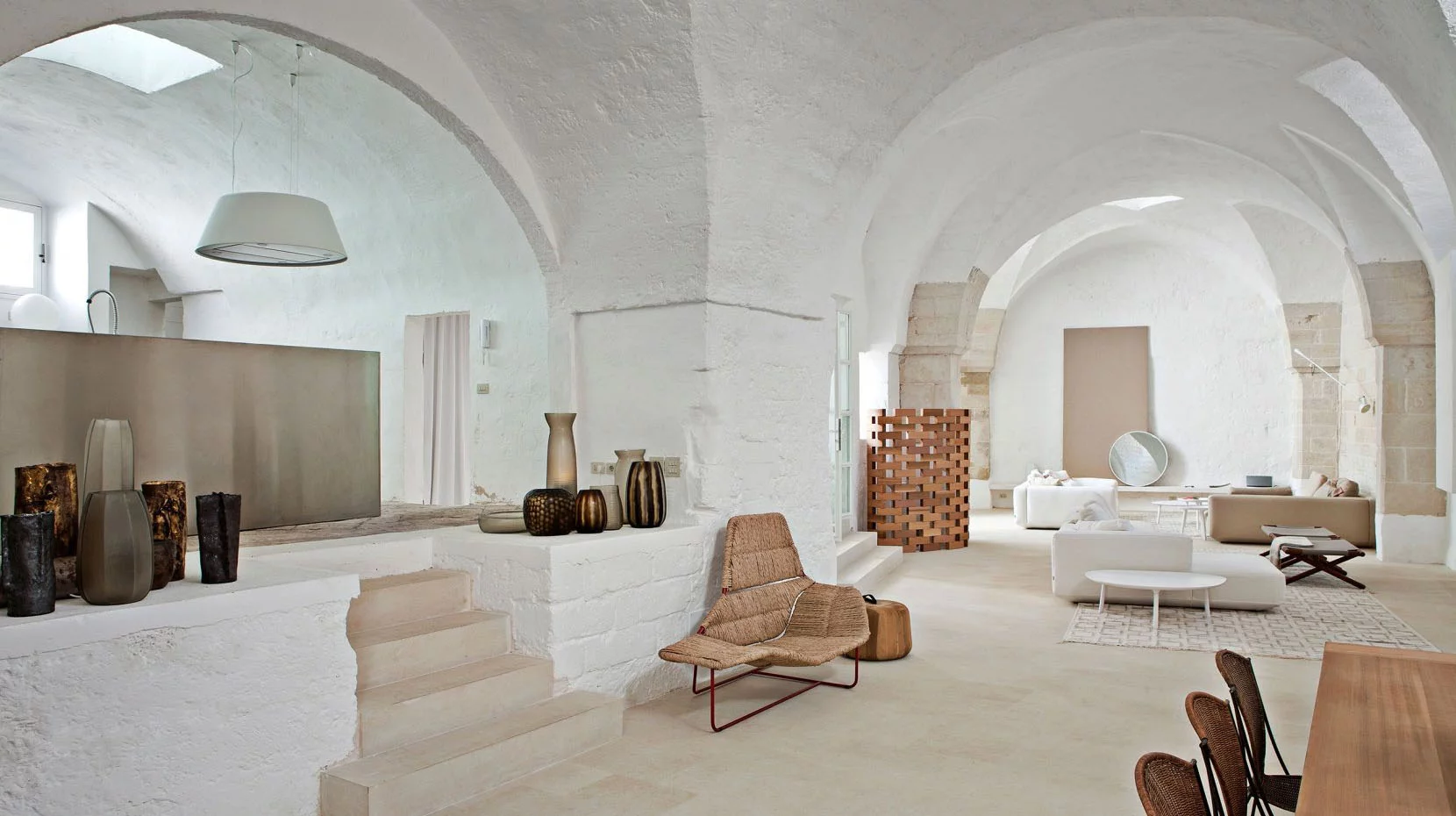BABY-STEPS INTO GREY WATER RECYCLING
When it comes to water usage, we can all agree that we need to use less of it and we need to use it smartly. Local governing agencies have been extremely clear about the necessity to use less water in our home. The “watersense” fixtures we install in our homes, the restrictions that exist on landscape watering in most states, and most importantly the relentless increase of the cost of a gallon of water are direct reminder that saving water is a huge deal pretty much everywhere on the blue planet, and it is especially true in Los Angeles.
As a rule of thumb an average person uses about 100 gallons of water per day. A full bath is about 36 gallons, a typical 10 min shower uses about 25 gallons, a toilet will flush 20 gallons down the drain per day, a load of washing machine runs about 15 gallons, a dishwasher: 4 to 10 gallons and let’s not forget to drink 8 glasses of water per day.
At the end of the day, it makes perfect sense to take shorter shower, and to install better plumbing fixtures. When it comes to landscaping, there are a lot of savings to be made by installing artificial turf and desert plants.
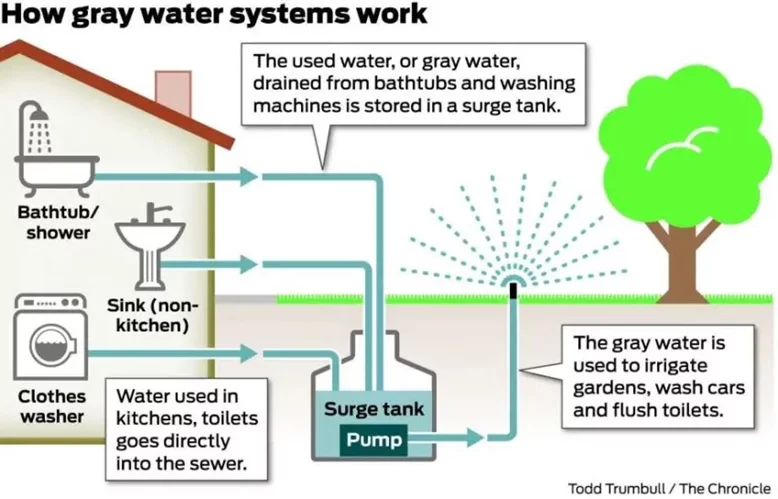
Now, let’s discuss the next frontier the reduction of water consumption: recycling it. A grey water system is designed to reuse the water we consume daily. But what could we possibly use those 100 gallons a day for? Theoretically you recycle it for the same uses, but the more complicated the filtration requirements become, the more costly.
So for the sake of the argument, we will not consider grey water coming from the laundry room or the kitchen since it requires more convoluted filtration steps to mitigate the hazard to human or plant health from more aggressive cleaning products. But what about baby-steps? What about taking the water from even just one shower, and use it for your landscaping?
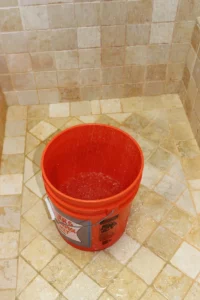 My idea is to design a simple system that could filtrate, clean, store our shower water in order to feed our plants via gravity. Let’s start with the simplest form of that system: Step one – place your favorite 5-gallon bucket on the floor of the shower, Step 2 – take a shower, Step 3 – collect your dirty water, Step 4 – clean your water, Step 5 – feed your plants, et voila! A simple yet cumbersome technique to reuse the soapy water, I would admit. A better way would be to let gravity do the dirty work, so let’s take it one step further.
My idea is to design a simple system that could filtrate, clean, store our shower water in order to feed our plants via gravity. Let’s start with the simplest form of that system: Step one – place your favorite 5-gallon bucket on the floor of the shower, Step 2 – take a shower, Step 3 – collect your dirty water, Step 4 – clean your water, Step 5 – feed your plants, et voila! A simple yet cumbersome technique to reuse the soapy water, I would admit. A better way would be to let gravity do the dirty work, so let’s take it one step further.
The drain line from a second story shower would be equipped with a diverter, so that the water could be redirected to a tank elevated from the exterior ground level. The tank would use a series of bio filters, sand, gravel and carbon to treat our grey water and thus remove most toxic matters and viruses. A second tank, located below our first one would be used as our storing facility. A simple garden hose would then be attached to the bottom of the storage tank and gravity would carry the much-needed water to any non-comestible (non-edible) plants.
Such a system would be considered a passive system and requires zero energy to move water through its components, but it does require enough change in elevation from the location of the shower to the plant being watered. A single story dwelling located on a mostly flat lot (2% slope away from the building) would require the additional step of installing sump pumps to transfer water to and from its different components. We can get into that another time (a sump pump is not such a big deal, after all), but for now: this gravity-driven simple and low-cost system is a great way to recycle your own shower water in a truly impactful way, potentially eliminating the need for water for landscaping. In fact we’ll be trying it on our own new residence so stay tuned….

